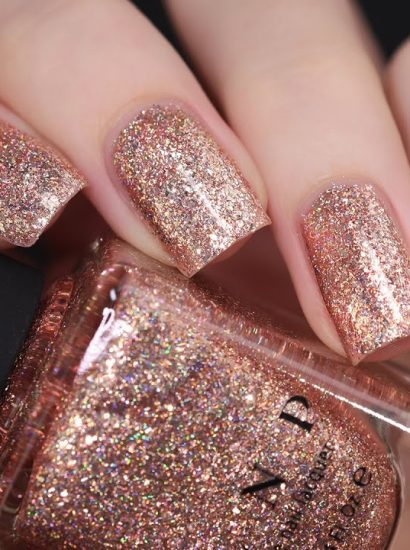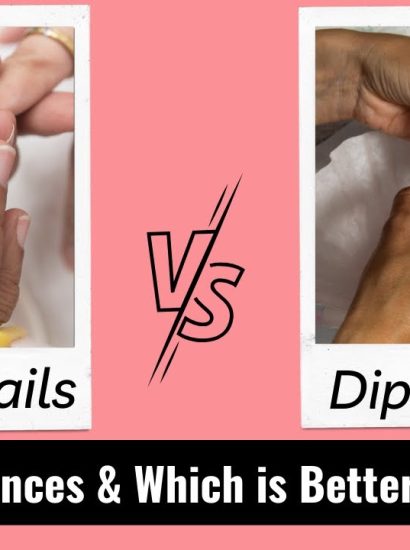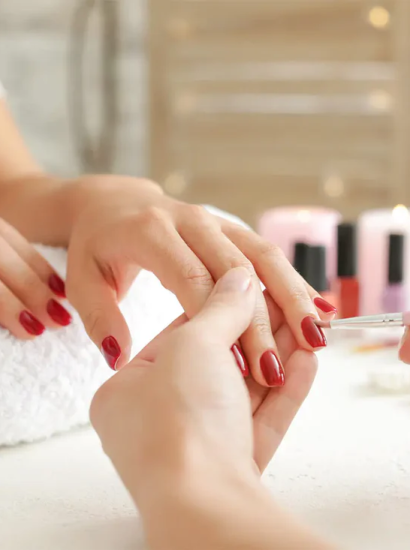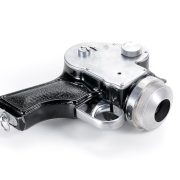Mascara is one of the most loved beauty essentials—instantly lifting, defining, and transforming your lashes. But few people think about its shelf life. Understanding how often to replace mascara isn’t just about performance; it’s about protecting your eyes and ensuring the best results every time you apply it.
Makeup products, especially those used near your eyes, have expiration dates for a reason. Using old mascara can lead to clumping, poor application, and even dangerous eye infections. In this complete guide, we’ll cover how long mascara lasts, how to tell when it’s expired, and tips for keeping it fresh and safe.
Why It’s Important to Know How Often to Replace Mascara
When it comes to beauty hygiene, mascara is one of the most time-sensitive products. Every time you use it, the wand comes into contact with air, bacteria, and your eyelashes. Over time, this can contaminate the formula, creating the perfect environment for bacteria to grow.
Learning how often to replace mascara ensures your lashes stay healthy and your eyes remain irritation-free. Old mascara can not only dry out and flake but also increase the risk of eye redness, infections, and styes.
Regularly replacing your mascara is a small but crucial step in maintaining safe beauty habits.
The General Rule: Replace Every Three Months
So, how often to replace mascara exactly? Most dermatologists, makeup artists, and ophthalmologists agree:
You should replace your mascara every 3 months.
This timeframe ensures that bacteria buildup stays minimal and that your mascara performs as intended. After about three months, the formula tends to dry out, making it harder to apply smoothly and evenly.
Even if it looks fine, the risk of contamination increases the longer it’s open. So, marking your mascara with the date you first opened it is a good habit to build.
Signs Your Mascara Has Expired
Sometimes, you might need to replace your mascara even sooner than the three-month mark.
Here are clear signs that it’s time to toss it:
- Clumpy texture: When your mascara becomes thick and flaky, it’s past its prime.
- Strange odor: A sour or chemical smell indicates bacterial growth.
- Irritation: If your eyes sting, itch, or water after applying mascara, it may be contaminated.
- Dry formula: If the wand feels scratchy or doesn’t coat your lashes evenly, the formula has dried out.
When in doubt, throw it out. Understanding how often to replace mascara and knowing the signs of spoilage can protect your eyes from unnecessary irritation.
The Science Behind Mascara Expiration
Mascara contains water, waxes, and pigments, which are perfect breeding grounds for bacteria once exposed to air. Each time you dip the wand back into the tube, you introduce microbes from your eyelashes and environment.
Over time, these microbes multiply. Because the eye area is sensitive, this can lead to infections such as conjunctivitis (pink eye) or other bacterial issues. That’s why experts emphasize the importance of how often to replace mascara—it’s not just about product quality, but about health and hygiene.
Replacing your mascara every three months ensures you’re using a clean, safe formula on your delicate eye area.
How to Make Your Mascara Last Longer (Safely)
While you shouldn’t stretch your mascara beyond its recommended lifespan, there are ways to help it perform better during those three months:
- Avoid pumping the wand: This pushes air into the tube, drying the formula faster.
- Keep the cap tightly closed: Always seal it after each use to prevent exposure to air.
- Store in a cool, dry place: Avoid heat or direct sunlight, as it can alter the formula.
- Clean the wand: Wipe the wand occasionally to remove buildup and keep application smooth.
Good habits won’t extend your mascara’s shelf life indefinitely, but they’ll keep it in top shape until it’s time to replace it.
Why Expired Mascara Can Be Dangerous
One of the biggest reasons to learn how often to replace mascara is safety. Eyes are particularly vulnerable to bacteria, and expired makeup can cause serious issues.
Old mascara can introduce pathogens into your eyes, leading to redness, itching, swelling, or even infection. In severe cases, repeated exposure to contaminated mascara can cause conjunctivitis or corneal inflammation.
Beyond health risks, expired mascara also performs poorly—it can clump, flake, and ruin your makeup look. Your lashes deserve better than that.
Waterproof vs. Regular Mascara: Does Shelf Life Differ?
Many people wonder if waterproof formulas last longer than regular ones. The answer? Not really.
Even though waterproof mascaras tend to dry slower due to their oil-based ingredients, they’re still prone to bacterial contamination after opening. The same three-month rule applies.
If you frequently use waterproof mascara, pay even closer attention to hygiene. These formulas can be harder to remove, and leftover product on lashes can dry them out or cause breakage.
No matter the formula, the rule of thumb remains the same—know how often to replace mascara to keep your lashes and eyes in good condition.
How to Check the Expiration Date on Mascara Packaging
Most mascaras come with a small open jar symbol on the packaging, showing something like “6M” or “12M.” This stands for “months after opening.”
For example:
- “3M” = replace after 3 months.
- “6M” = replace after 6 months.
However, mascara’s liquid nature and contact with the eyes make 3 months the safest choice regardless of what the packaging says.
To stay organized, write the date you open it with a marker on the tube. That way, you’ll always know exactly when to replace it.
Common Mascara Hygiene Mistakes to Avoid
Even if you follow the 3-month rule, poor hygiene can still shorten your mascara’s lifespan.
Here are mistakes to steer clear of:
- Sharing mascara: Never share mascara with others—it’s one of the fastest ways to spread bacteria.
- Applying mascara in the car: Movement increases the risk of scratching your eye and contaminating the wand.
- Adding water or saliva to refresh it: This introduces bacteria and breaks down preservatives.
- Not removing mascara before bed: Sleeping in mascara can clog follicles, leading to lash breakage and irritation.
Being mindful of hygiene not only extends your product’s usefulness but also keeps your eyes safe.
Eco-Friendly and Safe Disposal of Old Mascara
Once you’ve figured out how often to replace mascara, you’ll need to dispose of it properly. Instead of tossing it in the trash, consider recycling or reusing the wand.
Many wildlife rescue organizations accept clean mascara wands for grooming small animals. You can wash the wand with warm soapy water and donate it.
As for the tube, check your local recycling rules—many cosmetic brands now have recycling programs that accept empty containers.
Proper disposal helps reduce waste and keeps your beauty routine eco-conscious.
Conclusion
Knowing how often to replace mascara might seem like a small detail, but it makes a huge difference in your beauty and eye health routine. Mascara is one of the most frequently used yet easily contaminated beauty products, and using it beyond its lifespan can lead to infections, irritation, and poor performance.
The golden rule is simple: replace mascara every 3 months, store it properly, and never share it. Your eyes are sensitive, and they deserve fresh, clean products every time.
By practicing good mascara hygiene, you’ll not only achieve more beautiful lashes but also protect your eyes and skin from unnecessary harm. Clean beauty begins with smart habits—so when in doubt, toss it out!
FAQs
1. How often to replace mascara if I don’t use it daily?
Even if you use it infrequently, you should still replace mascara every three months after opening. Bacteria can grow inside the tube regardless of how often it’s used.
2. Can I use mascara past its expiration date if it still looks fine?
It’s best not to. Even if the formula seems okay, invisible bacteria can build up over time. Knowing how often to replace mascara helps prevent potential infections.
3. How can I tell if my mascara has gone bad?
Look for clumping, dryness, or a strange smell. If your mascara irritates your eyes or feels different, it’s time to replace it immediately.
4. Are natural or organic mascaras different in shelf life?
Natural mascaras often lack strong preservatives, meaning they can expire even faster—sometimes within 2 months. Always check the label and store it properly.
5. Can I extend the life of my mascara with eye drops or water?
No. Adding liquid dilutes preservatives and introduces bacteria. It’s better to replace it when it dries out rather than trying to revive it unsafely.
Also read: Rose Gold Metallic Nail Varnish: The Chic Trend You’ll Want to Wear All Year









